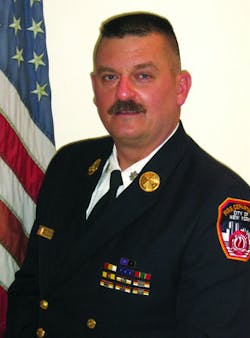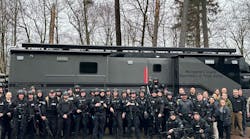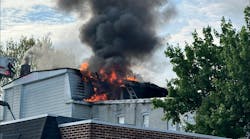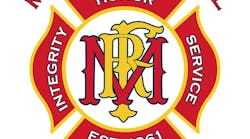Everybody makes resolutions at the start of the New Year. It’s a tradition and it is also an opportunity. It gives us all a chance to start something new or try something again that didn’t go so well last time. Many people make resolutions for aspects of their personal lives but I’ll be talking about some things that all of us in the American fire service can start doing differently this year.
Let’s take a look at a few resolutions that you can make for 2016 that will prepare you to be a better firefighter, company officer, chief officer and public servant.
Training
I’ve listed this topic many times in the past. Regardless of how often or well you have been training, let’s kick it up a notch. Many fire departments do not have a required training period each week or shift. If that’s you it’s time to make a change. Establish a daily training period for your career shifts or a weekly training period for your volunteers. Having a training routine will get your people used to doing something at regular intervals and will make a difference in how they operate. Also, establishing a specific training period during the day, for example at 2 P.M. on weekdays, allows the battalion chief of shift commander to stop by at drill time to evaluate the training that is taking place.
Personal protective equipment
I can’t tell you how many fire and emergency scenes I observe on the news and look at in newspapers where the firefighters are not properly dressed for the work they are doing. PPE is not optional clothing. It is not just to keep you warm in the winter or visible on a highway. PPE is a collection of garments and items that are designed to keep you safe and alive while performing some of the most hazardous work in America (sounds a little odd to me—might want to change that). You simply don’t know when you may need that protection. Secondly, it’s not all about you. PPE lets us provide a higher level of service to the people we serve and who depend on us to get to them, render aid or rescue them from danger. Make a commitment right now that you will don and wear your PPE on every run. Yes, that’s what I said: every run.
Drive with care
I know that most fire apparatus drivers do a great job and handle the rigs properly and professionally. But we also know that some do not. Some apparatus operators drive too fast, blow through red lights, don’t use signals and bully every other driver they encounter on a response. Let’s put an end to all of that for 2016. If you are a driver, or an officer that sits up front with them, let’s commit to driving our fire apparatus to emergencies as if our own children or parents were on the apparatus with us. Yes, we all know it’s important to get to some emergencies quickly (yes, I said some), but there is no reason to drive recklessly. If you are the chief, you might want to establish some new response policies such as emergency and non-emergency response modes.
Turn out quickly
Since we don’t want you to drive too fast, it only makes sense that you can reduce your response times by turning out faster. That means stopping whatever you are doing when the alarm comes in and beginning your personal response to the alarm. If you are a career firefighter and you are sitting down to lunch in the kitchen, it means stop eating, get up and move onto the apparatus floor for the response. If you are a volunteer firefighter and you are at home in the yard when the pager goes off, it means start walking toward the driveway so you can get into your personal vehicle and respond to the firehouse. Turning out quickly is the sign of a true professional firefighter. And it doesn’t matter what the alarm is for. Whether it is reported as “smoke in the house” or “odor of gas outside,” you should be turning out quickly. Yes, quickly for both runs and for all runs.
Customer service
Yes you read that correctly. Customer service is a vital element of excellent fire department operations. Most of us don’t think of the folks that we help on our responses as customers, but in fact they are. And I have some news for you—they are watching. Yes, the people who are involved with the emergency, and the onlookers as well, are all watching what we are doing and how we are doing it. They are listening to how we talk to the people on the scene and how we treat them. Yes, every person we encounter is a fire department customer. The driver of a big rig involved in an accident, a young mother whose infant is sick, or a tavern customer who has had one too many drinks and has fallen down. They are all our customers and deserve our best service. Try it!
Happy New Year!






